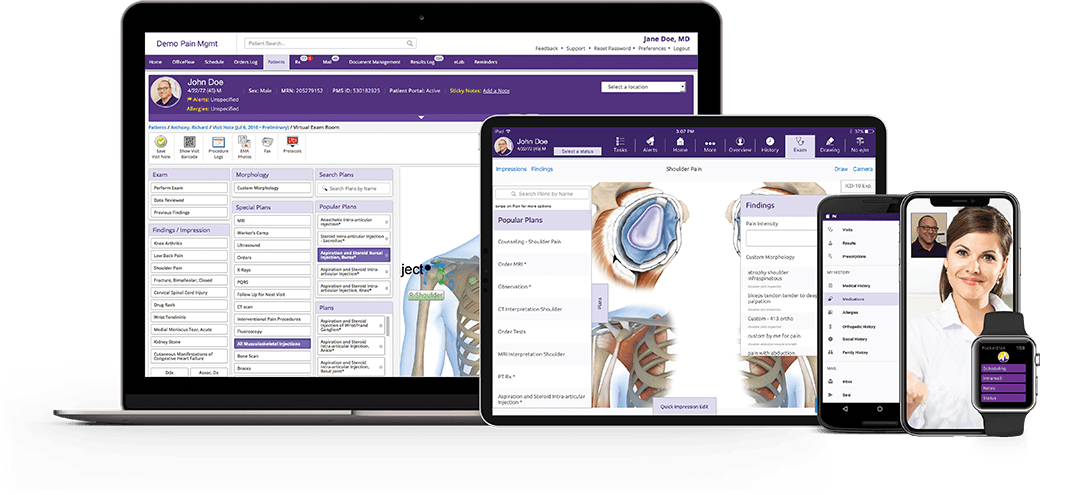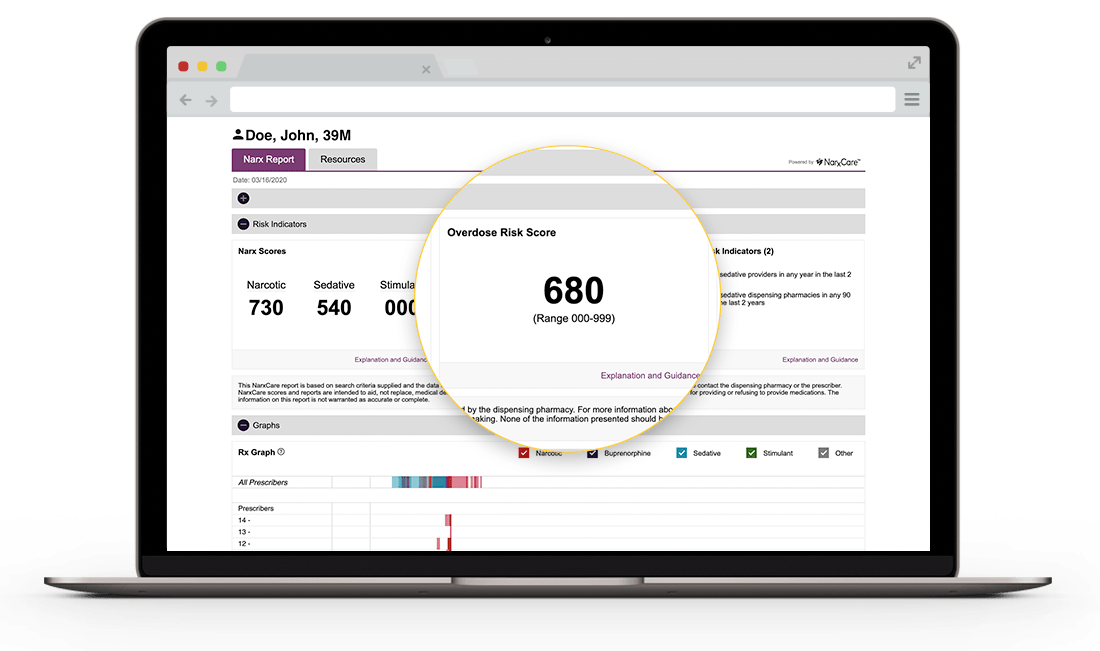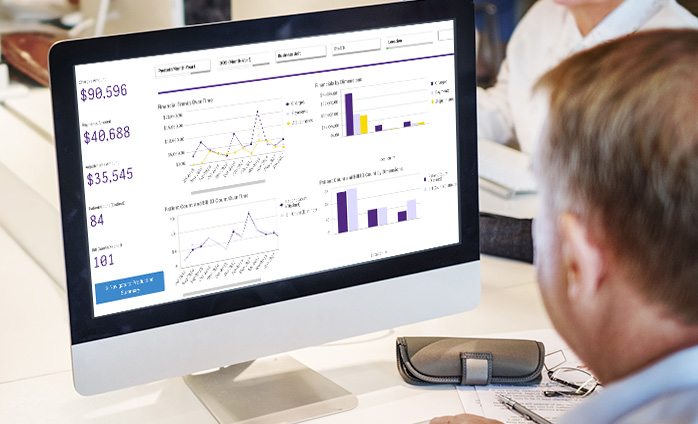Benefits of a Pain Management EHR

Cloud-based electronic medical records get new capabilities in the time of COVID-19
“Never let a good crisis go to waste.” Winston Churchill coined that bit of wisdom during World War II. Today, it could refer to the advancements made in pain management EMR software during the COVID-19 pandemic, especially cloud-based systems with new telehealth capabilities.
 The benefits of pain management EMR systems include greater efficiency for pain practices and continuity of care for their patients. Rapid deployment of new features, including telehealth in some cases, has helped pain management doctors’ offices continue to innovate and improve access to care.
The benefits of pain management EMR systems include greater efficiency for pain practices and continuity of care for their patients. Rapid deployment of new features, including telehealth in some cases, has helped pain management doctors’ offices continue to innovate and improve access to care.
How Pain Management EHR Software Helps Your Practice
Pain Management EHR software can help your practice save time documenting visits and put powerful information at your fingertips to help you make informed decisions. When pain management EHR software lives in the cloud, there’s no server hardware to buy, maintain, upgrade and manage, and the system is more mobile by its nature. As you evaluate pain EHR systems, look for intuitive user interfaces that reduce typing and scrolling to help you save time documenting and focus time on patients.
EHR With Built-in Pain Management Medical Knowledge
Any pain management EHR software you adopt has to understand your unique specialty and method of working. Ideally, it would be developed by pain management physicians assisted by software engineers — not the other way around.
Extensive medical knowledge would come right out of the box — chief complaints, diagnoses, plans and procedures. The right pain system would include workflows and analytics, milligram-morphine-equivalent calculators, workers comp capabilities and other resources targeted to pain management.
 PDMP Access Via Pain EHR
PDMP Access Via Pain EHR
Other benefits of pain management EHR systems today include access to prescription drug monitoring programs (PDMP) at the point of care. Especially relevant for physicians who prescribe opioids, PDMP access can help communities fight the opioid epidemic, which is devastating families.
According to provisional data released in November 2021 by the US Centers for Disease Control and Prevention, opioid overdose deaths reached an estimated 75,673 in the United States during the 12 months ending April 2021. Total drug overdose deaths reached 100,306, up 28% from prepandemic levels.*
Your EHR pain platform should enable real-time access to PDMP databases, searchable by name and demographics, so you could view patients’ histories with controlled substances and identify potential drug interactions. With such visible, actionable data, you can monitor opioid use, identify patients at risk, reach out to them, and adjust their treatments.
When you’re considering medication options, price-transparency features can show patient eligibility, benefits and out-of-pocket costs. When it’s time to issue or refill prescriptions, you can do it electronically.
 Pain EHR Analytics
Pain EHR Analytics
Among the greatest benefits of pain management EHR software today is the potential for sophisticated data analytics. Look for pain EHR suites that come with custom reports and dashboards to analyze data from multiple angles. Robust analytics can help your team:
• Identify patients who need follow-up
• See how referring providers affect the bottom line
• Follow up on high-risk diagnoses
• Analyze referral patterns
• Track patient outcomes
• View charges and payments
• Spot reimbursement trends
With the right EHR pain suite, you can have a 360-degree view of your entire practice.
Integration With Practice Management and More
With an all-in-one system, the pain EHR software can work seamlessly with the practice management, patient engagement, and payment processing systems to help streamline workflows and communications throughout the office and with patients.
Reference
* “Drug Overdose Deaths in the U.S. Top 100,000 Annually,” National Center for Health Statistics, US Centers for Disease Control and Prevention (2021 November 17) press release, www.cdc.gov/nchs/pressroom/nchs_press_releases/2021/20211117.htm
This blog is intended for informational purposes only and does not constitute legal or medical advice. Please consult with your legal counsel and other qualified advisors to ensure compliance with applicable laws, regulations and standards.




